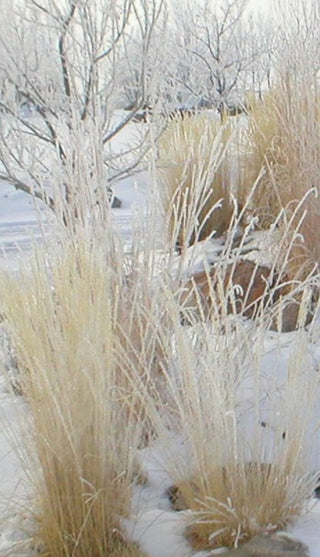Fall is a busy time for gardeners. There are lots of planting and cleanup to be done to get prepared for next season. If you have perennials in your flower gardens, you know they are backbone and deserve extra care before going dormant for the winter.
Here are some tasks to ensure your perennials stay healthy:
1. Water - we have been experiencing very dry summers the last couple of years, which can weaken and stress your plants. Plants that go into the winter season stressed are more likely to die from winterkill. Just prior to the soil freezing ensure your perennials have a good watering. The only way to truly tell if you've watered enough to reach the root zone is to carefully dig and check the soil.
2. Fertilizer - NO FERTILIZING! This time of year we do not want your plants actively growing. This is when they are preparing themselves for winter and putting their energy into the root system.
3. Disease - Scouting for disease and pest pressure should be done all season long. If you find disease, prune any branches or remove diseased plants. When pruning, ensure you are sterilizing your pruners between each cut so the disease doesn't spread. Place pruned branches and diseased plants in the trash. Never add these to the city or your home compost piles.
As you may have noticed, I didn't mention anything about cutting back your perennials. There are many advantages to leaving your perennials standing, especially if the leaves are still green. If the leaves are still green, the plant is still photosynthesizing. This is the process where the plant is storing energy in the roots which will result in healthier plants next spring.
Here are some more benefits to leaving your perennial plants standing:
- Standing plants capture snow.
- Snow insulates the soil and plant roots.
- Snow protects against soil temperature fluctuations
- Extra moisture is available in the spring when the snow melts.
But even more importantly is the food and habitat it provides birds and beneficial insects during the winter.
- Birds will feed on the seed heads of flowers providing much needed food source during the winter months.
- Standing plants provide much needed shelter for many beneficial insects such as ladybugs, butterflies and more.


